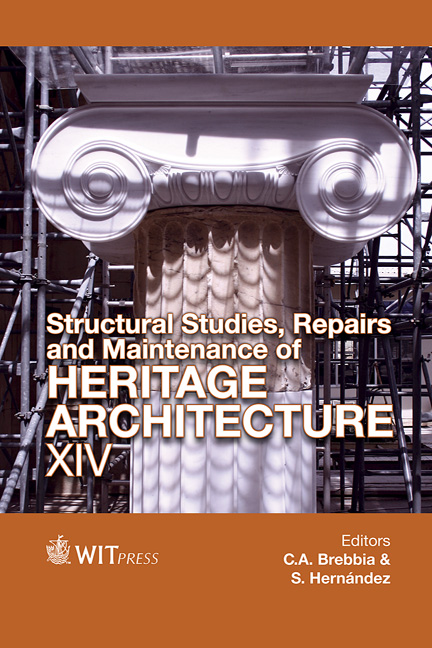Valuing Workers’ Housing As Heritage Of Post-liberation China: Measuring Public Perception Of Caoyang New Village, Shanghai
Price
Free (open access)
Transaction
Volume
153
Pages
13
Page Range
517 - 529
Published
2015
Size
986 kb
Paper DOI
10.2495/STR150431
Copyright
WIT Press
Author(s)
Y.-W. Wang, X. Zhang, L. Sun
Abstract
This paper is concerned with the implications of according heritage status to Caoyang Village One – Communist China’s first social housing project. Completed in 1952, the housing estate has been portrayed as a ’model’ modern housing for the working class. As an embodiment of the socialist ideal of post-liberation China, Village One was designated by the Shanghai Municipal Government as Heritage Architecture in 2005 and has been statutorily protected since then. This research is set out to measure the public perception of post-war housing heritage. The research adopts the SUIT Methodology, which is acknowledged by the ICOMOS International Committee for Historic Towns and Villages (CIVVIH) as an exemplary methodology for involving the public in heritage significance evaluation. One objective of the research is to understand how various stakeholders within and outside the Caoyang New Village perceive the heritage value of Village One; whether the designation of Village One consequently makes people more positively appreciate it; and how a wider public perceive this post-war housing heritage, a type of buildings that is strange to the country’s heritage inventory. The other objective is to assess how the public perceive proposed changes to the physical structures of heritage buildings and to which extent physical alternation to the heritage structures is considered acceptable. Research results can not only inform heritage authorities with evidence-based research and yield new insight into post-war housing conservation, but also contribute to the body of knowledge concerned with the issue of public participation in heritage field.
Keywords
heritage value assessment, public involvement, housing heritage




